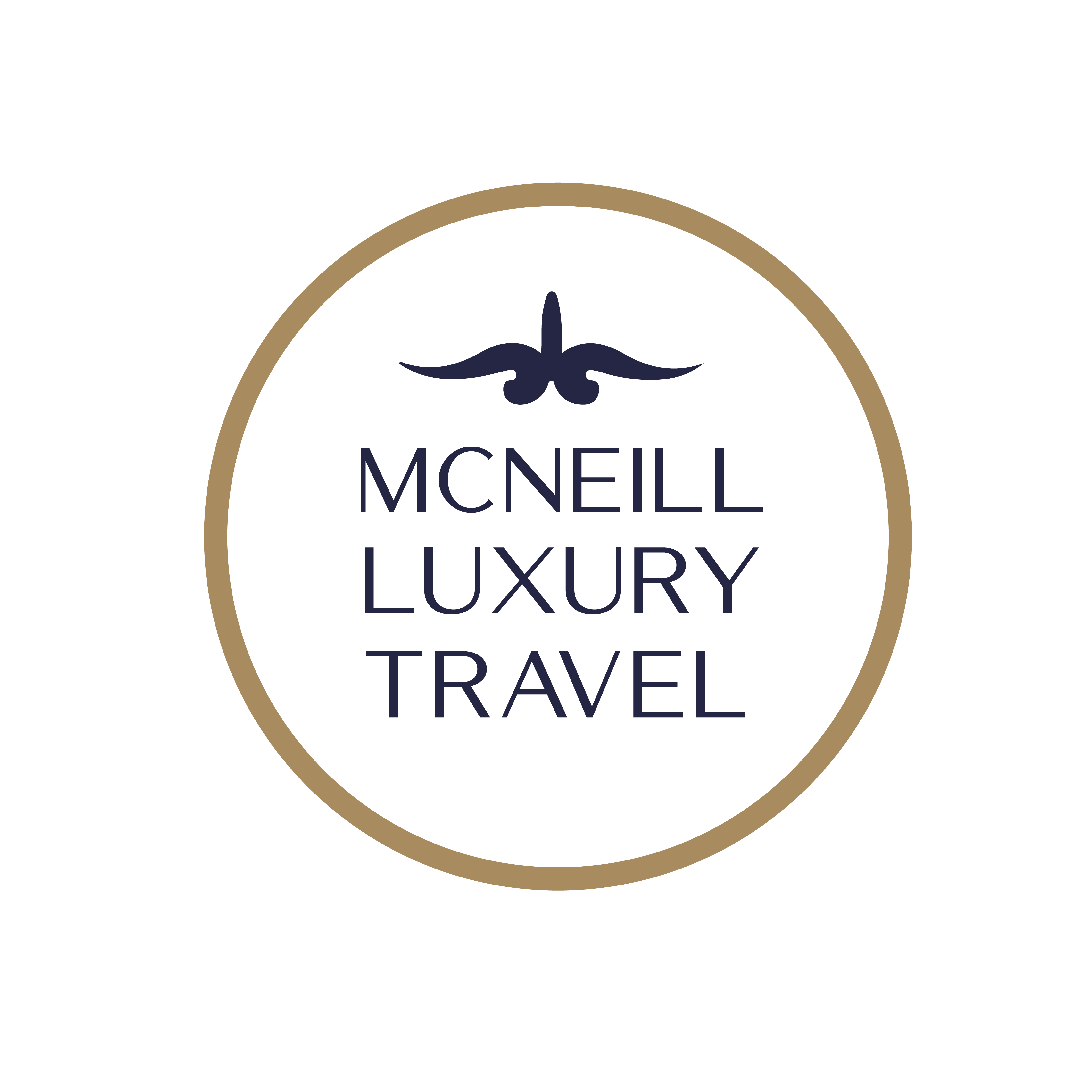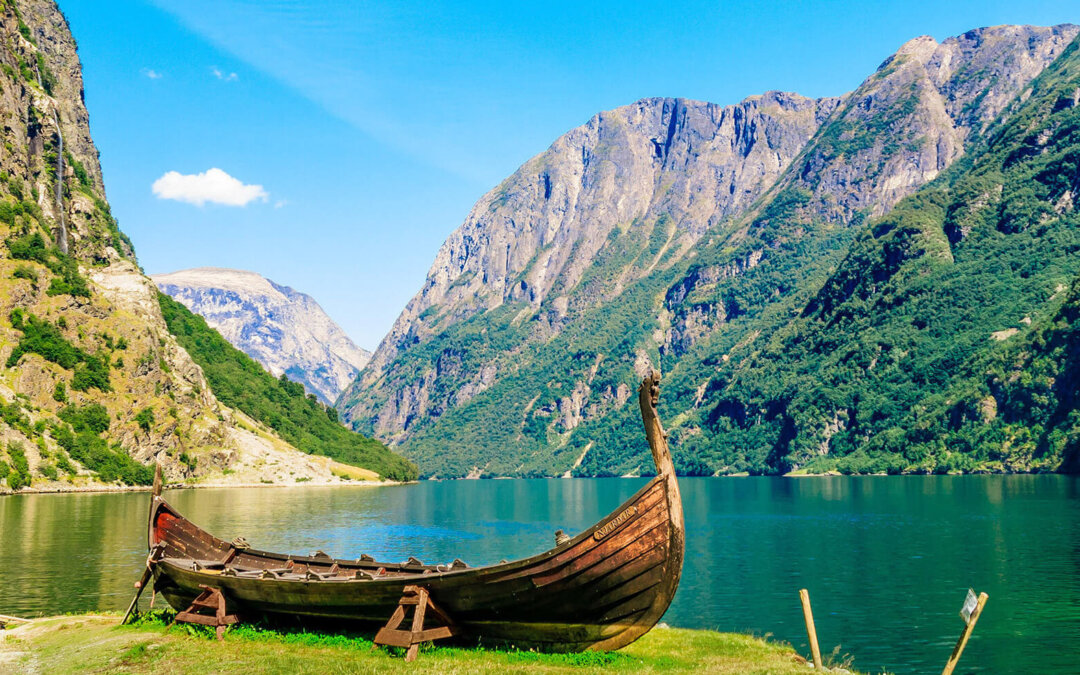If you’re planning a trip to the Nordics, you’re in for a treat. This region—made up of Norway, Sweden, Denmark, Finland, and Iceland—offers a different kind of European experience: dramatic landscapes, a deep connection to nature, and cities that blend cutting-edge design with rich history.
Think epic fjords, the midnight sun, cozy cafes, and warm saunas. It’s a place where ancient traditions live alongside modern Nordic cool, giving travelers a chance to dive into authentic experiences without the overwhelming crowds of other European hotspots.
In this guide, we’ll unpack everything you need to know: when to go, what to see, how to get around, and why the Nordics deserve a spot on your must-visit list. Ready? Let’s dive in!
1. Understanding the Region

Before you dive into planning your Nordic adventure, it’s worth getting a sense of each country’s unique landscape, culture, and experiences. Here’s a closer look at what makes each one stand out:
Norway:
It’s easy to see why Norway captures so many travelers’ imaginations. Its western coast is a patchwork of deep fjords, such as Geirangerfjord or Nærøyfjord, where mountains plunge dramatically into glassy waters. Ferries, hiking trails, and scenic drives like the Atlantic Road or Trollstigen let you experience these landscapes up close. Beyond the fjords, Oslo is a cultural hub with its cutting-edge architecture and museums, while the Lofoten Islands offer remote fishing villages and some of the best hiking and kayaking in the Nordics.
Sweden:
Sweden strikes a balance between cosmopolitan cool and rustic charm. Stockholm, spread across 14 islands, is a city that embraces both history (Gamla Stan’s cobbled streets) and modern design (think sleek boutiques and Nordic gastronomy). Just outside the cities, you’ll find a different side of Sweden: endless forests, crystal-clear lakes, and a slow-paced, outdoorsy lifestyle. Don’t miss exploring the Stockholm archipelago by boat or heading north to Lapland for reindeer safaris and the Northern Lights.
Denmark:
Often the first stop on a Nordic itinerary, Denmark is more than Copenhagen (though its colorful Nyhavn harbor and Tivoli Gardens are must-sees). Beyond the capital, you’ll find rolling farmland, Viking history at places like Roskilde, and countless small towns with half-timbered houses and castle ruins. Denmark’s flat terrain makes cycling a fantastic way to explore, and don’t miss a taste of smørrebrød—open-faced sandwiches that are an art form in themselves.
Finland:
Finland offers a quieter, more introspective take on Nordic travel. In Helsinki, modernist architecture and a buzzing design scene meet lively markets and harborside saunas. Further afield, the Lakeland region is a labyrinth of thousands of lakes and islands perfect for canoeing, fishing, and summer cabins. In winter, Lapland turns into a snowy wonderland where you can meet Santa Claus, ride a husky sled, or catch a glimpse of the Northern Lights dancing overhead.
Iceland:
If you’re after dramatic landscapes and a sense of adventure, Iceland has you covered. Its geothermal wonders include the Blue Lagoon and countless natural hot springs, while the Golden Circle route highlights geysers, waterfalls, and Thingvellir National Park. The south coast features black sand beaches and glacier lagoons, while the Westfjords remain one of Europe’s last true wilderness areas. Whether you’re hiking, horseback riding, or road-tripping the Ring Road, every turn offers something epic.
Related: My Iceland Travel Guides Part 1- 3
2. When to Visit
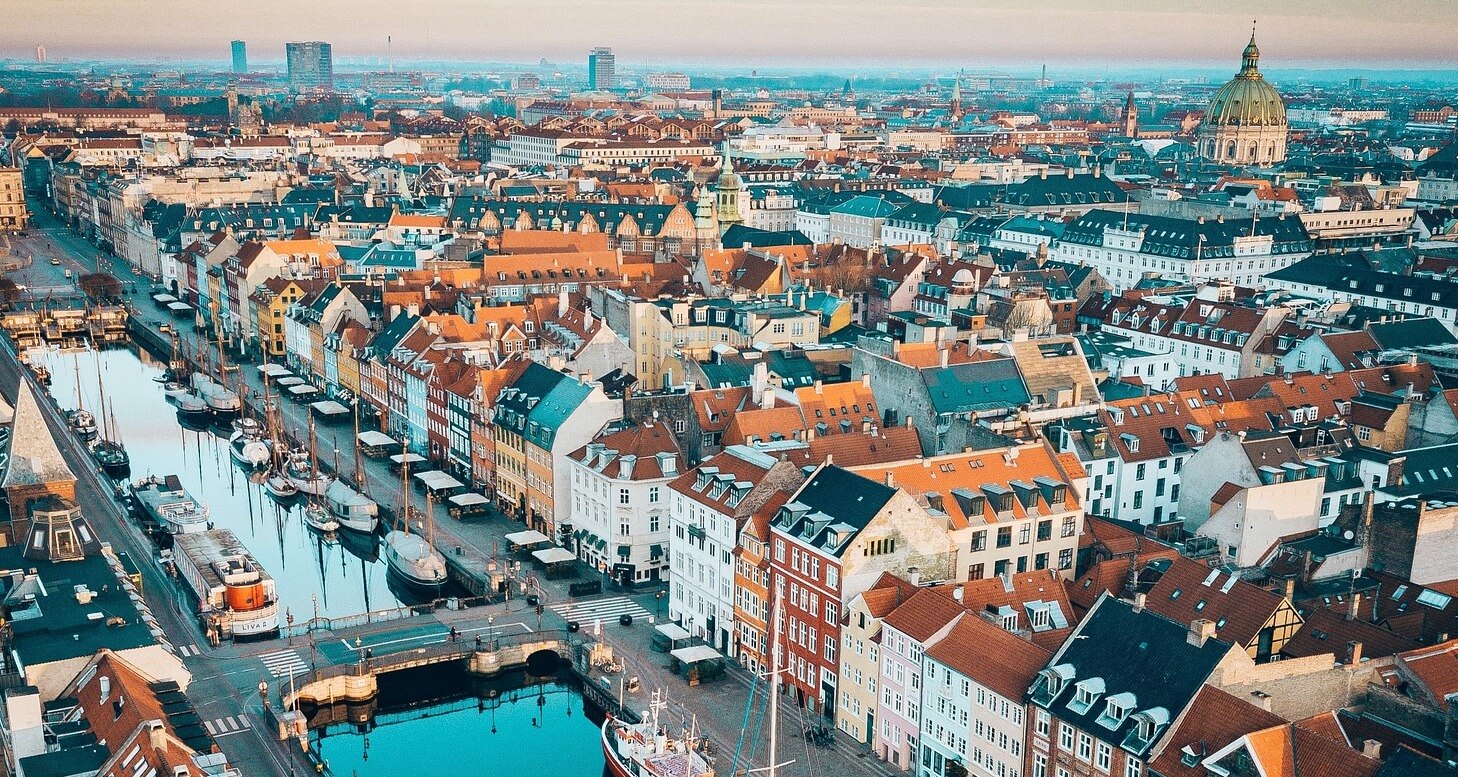
Timing a trip to the Nordics can make a big difference in what you experience—and how busy it feels. Each season offers its own unique rewards, and understanding the rhythm of the year can help you plan a trip that matches your style.
Summer (June to August):
If you’re looking for long days and the best chance of sunny weather, summer is a great time to visit. In places like Norway, Sweden, and Finland, the sun barely sets—especially north of the Arctic Circle, where you’ll experience the midnight sun. This is prime time for hiking, kayaking, cycling, and soaking up café culture in vibrant cities. Popular spots like Iceland’s Golden Circle or Norway’s fjords can get busy, so booking accommodations and tours in advance is a smart move.
Winter (December to February):
Winter in the Nordics is like stepping into a fairytale: think snowy forests, cozy cabins, and the elusive Northern Lights. Lapland in Finland and northern Sweden becomes a hub for husky sledding, skiing, and reindeer experiences. Iceland’s landscapes transform into a monochrome wonderland of frozen waterfalls and snow-dusted lava fields. Winter is also a great time to visit if you’re after fewer crowds—except around Christmas and New Year, when locals and travelers alike embrace the festive season.
Shoulder Seasons (April-May & September-October):
If you’re hoping for good value and fewer tourists, these shoulder months can be ideal. Spring brings budding trees and milder weather, while autumn’s crisp air is perfect for hiking and photography. Many hotels and attractions remain open, but prices often drop compared to peak summer. It’s also easier to book local experiences like guided hikes, fjord cruises, or design tours without the crowds.
Festivals & Events:
The Nordics know how to celebrate—here are a few highlights to consider when planning your trip:
- Midsummer (June): Celebrated across Sweden, Finland, and parts of Norway and Denmark, this festival is all about bonfires, maypoles, and long, light-filled evenings.
- Reykjavík Culture Night (August): The Icelandic capital comes alive with concerts, art installations, street performances, and fireworks.
- Copenhagen Jazz Festival (July): For two weeks, the Danish capital’s streets, squares, and venues host live music from local and international artists.
- Sami Cultural Events (February): In northern Sweden, Norway, and Finland, festivals like Jokkmokk Winter Market showcase indigenous traditions, crafts, and reindeer racing.
3. Top Destinations Not to Miss
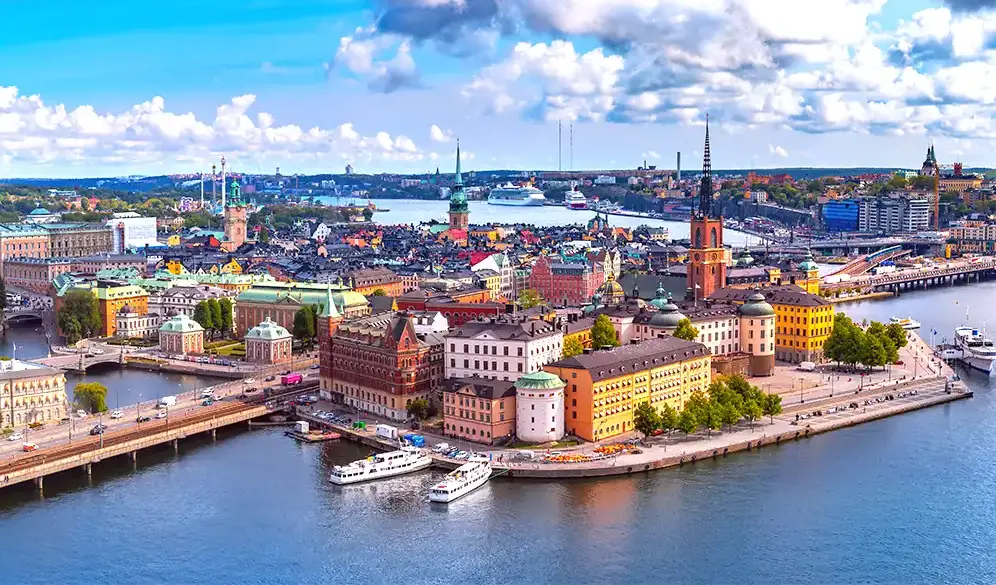
With so much to see across the Nordics, it’s easy to get overwhelmed by choices. Here’s a region-by-region guide to some of the most rewarding—and uniquely Nordic—destinations to put on your radar.
Norway
- Oslo: A dynamic mix of contemporary architecture, museums (don’t miss the Munch Museum and the Viking Ship Museum), and waterfront vibes along the Aker Brygge. Oslo’s restaurant scene has also quietly become a foodie’s dream, from Michelin-starred dining to laid-back cafés.
- Bergen: Often called the gateway to the fjords, Bergen is a charming, rain-kissed harbor town with colorful wooden houses and a lively fish market. It’s also the perfect base for exploring Norway’s epic fjords.
- Lofoten Islands: Dramatic peaks rise straight from the sea, with fishing villages perched on rocky shores. Summer is great for hiking and kayaking; winter offers a front-row seat to the Northern Lights.
- Geirangerfjord: A UNESCO World Heritage Site with cascading waterfalls and jaw-dropping viewpoints like Dalsnibba—arguably one of the most beautiful fjords in the world.
Sweden
- Stockholm: Built across 14 islands, this city blends medieval Old Town (Gamla Stan) with modern design and a world-class food scene. Don’t miss the Vasa Museum or a ferry trip through the archipelago.
- Gothenburg: Sweden’s second city offers a more relaxed vibe than Stockholm, with canals, indie shops, and a thriving seafood scene. A great spot for exploring Sweden’s west coast.
- Swedish Lapland: Vast forests, endless skies, and the chance to meet the indigenous Sami people. In winter, it’s a haven for Northern Lights chasing and cozy wilderness lodges.
Denmark
- Copenhagen: Known for its cycling culture, innovative food (Noma, anyone?), and design shops. Take a stroll through Nyhavn’s colorful harbor or visit the free-spirited community of Christiania.
- Aarhus: Denmark’s second city has a youthful energy thanks to its university vibe, plus a rich Viking history and the impressive ARoS art museum.
- Skagen: Denmark’s northernmost point, where two seas meet. Famous for its unique light that inspired 19th-century artists—and still does today.
Finland
- Helsinki: A compact, creative capital with Nordic design shops, cool cafés, and the fascinating Suomenlinna sea fortress. A great place to dive into the Finnish love of saunas.
- Lapland (Rovaniemi): Santa’s official hometown and a top spot for Northern Lights viewing. Visit a reindeer farm, go snowmobiling, or stay in a glass igloo under the stars.
- Turku Archipelago: Thousands of islands linked by bridges and ferries—ideal for summer cycling trips, kayaking, and discovering local seafood traditions.
Iceland
- Reykjavik: A small but lively capital with colorful houses, geothermal pools, and easy access to day trips like the Blue Lagoon and the Golden Circle.
- Golden Circle: Iceland’s classic loop of natural wonders—Thingvellir National Park, Gullfoss waterfall, and the erupting geysers of Haukadalur.
- South Coast: Black sand beaches at Reynisfjara, waterfalls like Skógafoss, and glacier hikes at Sólheimajökull. It’s a rugged, photogenic region that shows off Iceland’s raw power.
4. Food & Drink

The Nordics are a playground for foodies, with each country offering its own unique twist on flavors, traditions, and culinary rituals. Here’s what you shouldn’t miss:
Norway: Seafood & Brown Cheese
With thousands of miles of coastline, Norway’s seafood is legendary. From freshly caught cod and king crab to smoked salmon, the quality is top-notch. Don’t miss brunost (brown cheese), a sweet, caramel-like cheese often eaten on toast or waffles—it’s a staple in Norwegian homes and perfect with a cup of coffee.
Sweden: Cinnamon Buns, Smörgåsbord & Fika Culture
Few things are as Swedish as fika—a daily coffee-and-cake break that’s more about slowing down than just grabbing a snack. Pair it with a warm cinnamon bun (kanelbulle) or cardamom bread. For a full meal, try a traditional smörgåsbord—an abundant spread of cold dishes like herring, gravlax, and cheeses—often enjoyed at holiday feasts.
Denmark: Smørrebrød & Craft Beer
Denmark’s culinary pride starts with smørrebrød: open-faced sandwiches stacked high with toppings like pickled herring, roast beef, or egg and shrimp. Copenhagen’s craft beer scene has exploded in recent years, with microbreweries and beer bars offering local brews that pair perfectly with a smørrebrød lunch.
Finland: Salmon Soup, Rye Bread & Cloudberries
Finnish cuisine is hearty and comforting—perfect for cold winters. Sample lohikeitto, a creamy salmon soup served with dill and potatoes. Rye bread is a staple here, often dense and flavorful. And if you’re in Lapland during berry season, cloudberries—sweet, tangy, and often served as jam—are a rare treat you won’t find just anywhere.
Iceland: Lamb, Skyr & Geothermal Bread
Icelandic lamb is famously tender, thanks to the animals grazing on wild herbs in the highlands. Skyr—a thick, protein-rich yogurt—has become a global health food trend, but it’s been a staple in Iceland for centuries. And if you’re near a geothermal area, look for rúgbrauð—dense rye bread baked in the steam of the earth itself. It’s a perfect companion to smoked fish or butter.
5. Entry Requirements & Getting Around
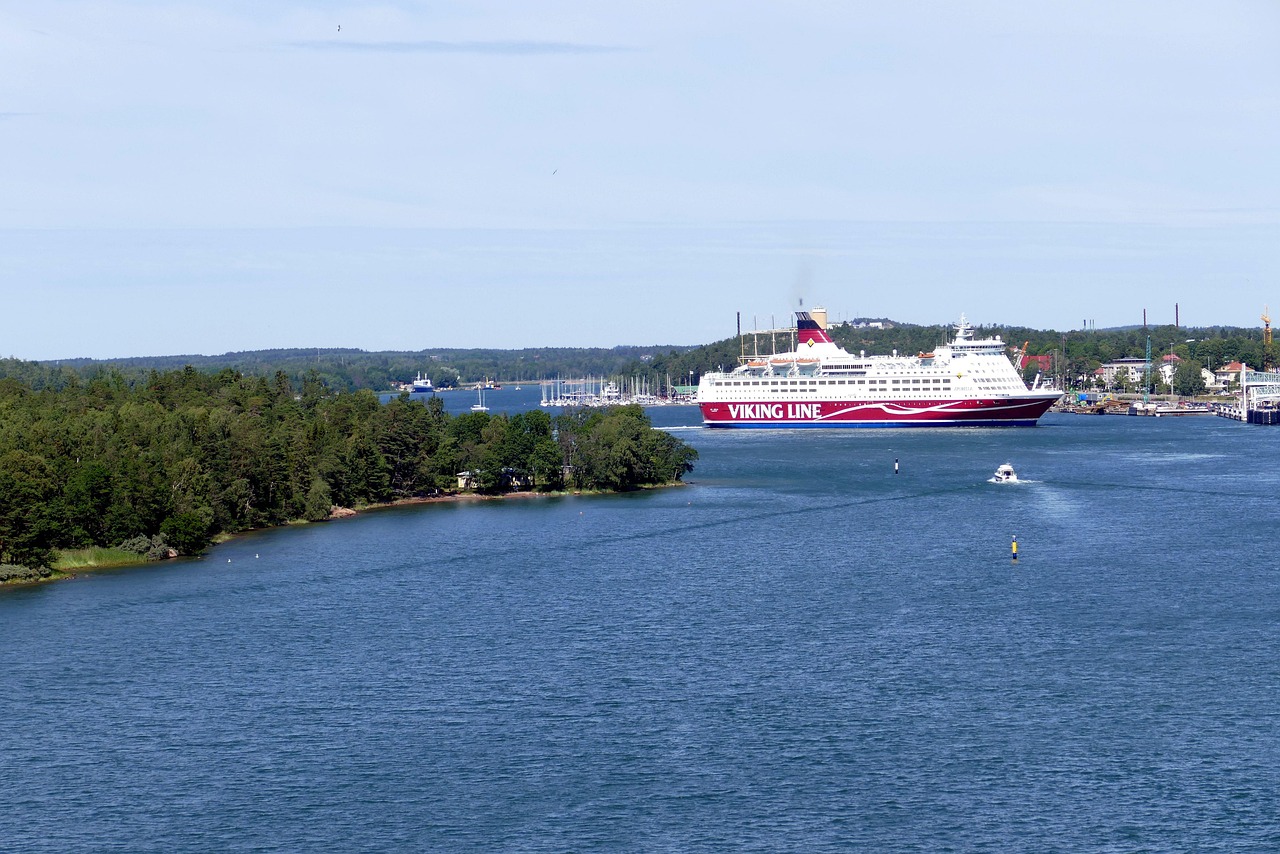
Navigating the Nordics is pretty straightforward, but it’s worth knowing the key details before you go. Here’s the scoop:
Passport Validity & Schengen Visa Basics
American travelers need a passport valid for at least three months beyond your planned departure (though six months is safest). Most of the Nordic countries—Norway, Sweden, Denmark, and Finland—are part of the Schengen Area, so once you’re in, you can move between them without extra border checks. Iceland is also in the Schengen Area, though it’s not part of the EU, so small nuances apply (e.g. customs allowances).
ETIAS: What You Need to Know
Starting in 2025, American travelers will also need to apply for an ETIAS (European Travel Information and Authorization System) before entering the Schengen Area. It’s not a visa—more like an electronic travel authorization that screens for security and health risks. The process is straightforward, costs around €7, and is valid for three years or until your passport expires. It’s recommended to apply at least a few days before your trip.
Smooth Border Crossings
Thanks to Schengen rules, crossing between Norway, Sweden, Denmark, and Finland is typically seamless—often just a sign on the highway or a train ride away. Iceland, being an island, requires arrival and departure by air or sea, but once you’re in, travel between Schengen countries is straightforward. Keep your passport and proof of onward travel handy in case of spot checks.
Differences in Entry Requirements (e.g. Iceland vs. EU Schengen)
While the Schengen rules apply uniformly, Iceland (and Norway) aren’t in the EU, so some customs allowances—like alcohol or food imports—can differ. Always double-check what’s allowed, especially if you’re flying between countries.
When to Fly, Train, or Ferry
Flying is often the quickest way between Nordic capitals (especially Reykjavik and Copenhagen). But if you’re traveling between Oslo, Stockholm, and Copenhagen, high-speed trains and overnight services are a scenic, comfortable alternative. Ferries—like the Stockholm-Helsinki route—offer a mini-cruise experience with restaurants, shops, and sea views.
Car Rentals & Driving Tips (Including Winter Driving)
For exploring fjords, national parks, or small villages, renting a car is essential—especially in Norway and Iceland. Driving is on the right, but winter can bring icy roads and snow. Check that your rental has proper tires, and always check the forecast before setting out. Gas stations can be far apart in remote areas, so fill up when you can.
How a Personal Travel Advisor (like me) Enhances Your Journey
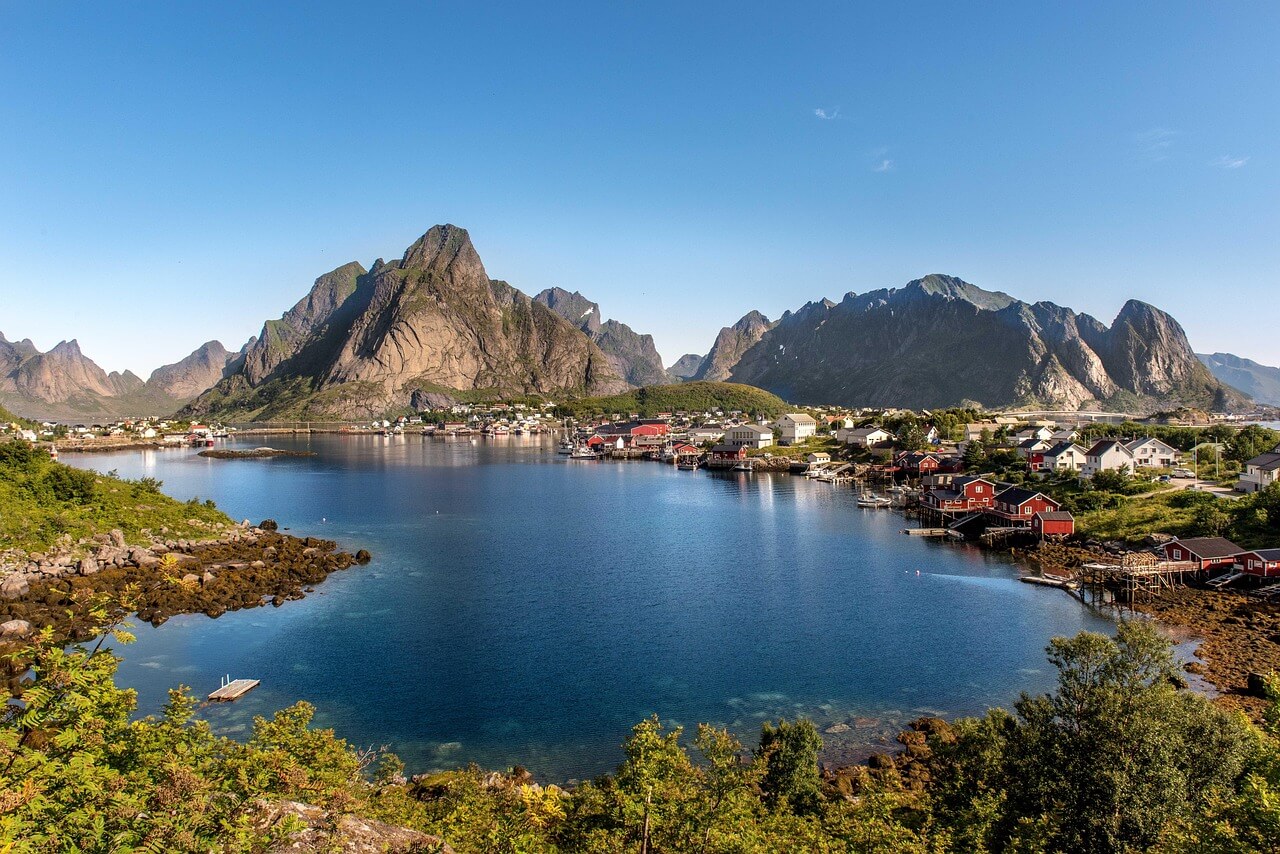
Even the most independent travelers can benefit from a helping hand, especially in a region as vast and varied as the Nordics. Here’s what I bring to the table as a travel advisor:
Customizing Your Route and Experiences
No two travelers are the same—and neither should their trips be. I help you map out an itinerary that suits your interests, whether that’s hopping between sleek cities and quiet villages, or chasing the Northern Lights with plenty of cozy pit stops along the way.
Booking Unique Stays—Ice Hotels to Fjord Cabins
Finding those one-of-a-kind accommodations—like a glass igloo under the stars or a family-run lodge on a fjord—can make your trip unforgettable. I have the contacts and insider knowledge to secure these special stays, even during peak seasons.
Arranging Local Guides, Wildlife Tours, and Northern Lights Excursions
Sure, you could book some of this yourself—but having someone who knows which guides are the most knowledgeable, where the wildlife tours really deliver, or which Northern Lights operator is worth your time can make all the difference between a good trip and a great one.
Handling Logistics, Weather Shifts, and Travel Insurance
Weather in the Nordics can be unpredictable, and ferry schedules or mountain roads sometimes change at the last minute. I help you navigate all that—plus travel insurance and backup plans—so that even the unexpected becomes part of the adventure, not a headache.
Final Thought:
A personal travel advisor isn’t about adding layers of planning—it’s about removing stress and making your journey as memorable and seamless as possible. Let’s plan a trip that’s uniquely yours.
